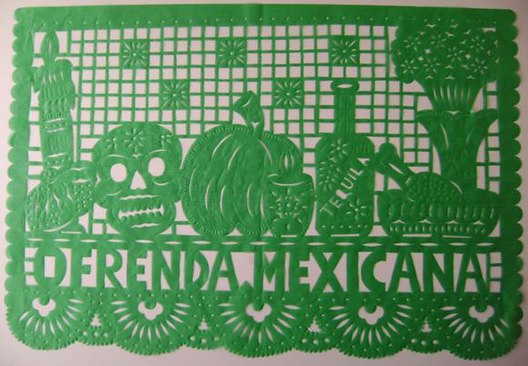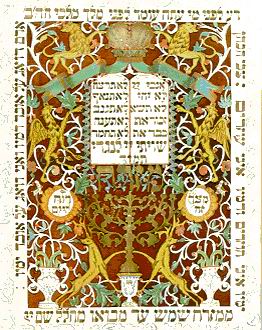Paper cuttings, also known as papercutting, is an ancient and intricate art form that involves cutting paper into decorative designs. This technique has been practiced across various cultures, each bringing unique styles and themes to the art. From traditional motifs to modern interpretations, paper cuttings offer a fascinating glimpse into cultural heritage and artistic creativity.
History and Origins
The origins of paper cuttings trace back to ancient times, with the earliest known examples found in China.
- Chinese Origins: The art of paper cutting, known as “jian zhi,” began during the Han Dynasty (206 BC – 220 AD). Initially used for religious and ceremonial purposes, these cuttings evolved into intricate decorations for festivals and everyday life.
- Spread to Other Cultures: As paper spread along trade routes, the practice of paper cutting traveled to other parts of the world, influencing various cultures and leading to distinct regional styles.
- European Paper Cuttings: In Europe, the art form gained popularity in the 16th century, with regions like Switzerland and Germany developing their own traditions known as “Scherenschnitte.”

Techniques and Tools
Creating paper cuttings requires precision and skill, using simple tools to achieve complex designs.
- Materials: Artists typically use lightweight paper, which is easier to cut and manipulate.
- Tools: Scissors, knives, and specialized cutting tools help create detailed designs.
- Methods: Folded paper is often used to produce symmetrical patterns, while freehand cutting allows for more intricate and unique shapes.
These techniques have been refined over centuries, enabling artists to create increasingly detailed and expressive works.
Chinese Paper Cuttings
Chinese paper cuttings, or “jian zhi,” are renowned for their beauty and cultural significance.
- Themes: Common themes include animals, flowers, and scenes from folkloreFolklore in art draws from the rich oral traditions, legends, and customs passed down through generations. These stories and motifs provide a window into the cultural identity and collective wisdom of various communities, making them a vital source of inspiration for artists worldwide. European Folklore European folklore encompasses a wide array of tales and characters that have left a lasting More, often symbolizing good luck and prosperity.
- Festivals: During Chinese New Year and other celebrations, paper cuttings adorn windows and doors, bringing festive cheer and warding off evil spirits.
- Regional Styles: Different regions in China have distinct styles, such as the bold, red cuttings from Shaanxi and the delicate, intricate designs from Guangdong.
These artworks are an integral part of Chinese cultural traditions and celebrations.
Mexican Papel Picado
Papel picado, or “perforated paper,” is a vibrant form of paper cutting from Mexico.
- Festive Decorations: These colorful banners are commonly used during celebrations like Day of the Dead and weddings.
- Techniques: Artists use chisels and small hammers to cut multiple sheets of tissue paper simultaneously, creating intricate patterns.
- SymbolismSymbolism was a late 19th-century art movement of French, Belgian, and Russian origin. Poets and fine artists were seeking to represent absolute truths using metaphorical images in reaction against realism and naturalism. Content of both images and poetry were suggestive contents to express mystical ideas, emotions, and states of mind. Paul Gauguin, Nave Nave Mahana (1869) The term was coined More: Designs often include skeletons, flowers, and religious symbols, reflecting Mexico’s rich cultural heritage.
Papel picado adds a festive and colorful touch to Mexican celebrations and ceremonies.

Jewish Paper Cuttings
Jewish paper cuttings, known as “mizrachs” and “shiviti,” hold significant cultural and religious meaning.
- Mizrachs: These decorative pieces are placed on the eastern walls of homes and synagogues, indicating the direction of Jerusalem.
- Shiviti: These artworks serve as meditative aids, incorporating Hebrew texts and symbolic motifs.
- Holiday Decorations: Paper cuttings are also used to decorate homes and synagogues during holidays like Sukkot and Passover.
Jewish paper cuttings beautifully combine artistry with religious devotion.

Polish Wycinanki
Wycinanki is the traditional Polish art of paper cutting, featuring vibrant and intricate designs.
- Regional Variations: Different regions in Poland have their own styles, such as the colorful, layered cuttings from Łowicz and the single-color designs from Kurpie.
- Themes: Common motifs include flowers, roosters, and rural scenes, reflecting Poland’s agricultural heritage.
- Techniques: Artists often use multiple layers of colored paper to create depth and contrast in their designs.
Wycinanki pieces are cherished for their vibrant colors and intricate patterns, celebrating Polish folk traditions.
Modern Paper Cuttings
Contemporary artists continue to explore and innovate within the medium of paper cutting.
- Art Installations: Large-scale paper cuttings are used in public art installations, transforming spaces with delicate and intricate designs.
- Fashion and Design: Paper cuttings inspire patterns and motifs in textiles, fashion, and graphic design.
- Digital Integration: Artists combine traditional paper cutting techniques with digital tools, creating new forms of expression and expanding the possibilities of the medium.
Modern interpretations of paper cuttings keep the tradition alive and relevant, blending past techniques with contemporary creativity.
Conclusion
Paper cuttings represent a timeless art form that spans cultures and centuries, showcasing the ingenuity and creativity of artists worldwide. From traditional Chinese “jian zhi” to vibrant Mexican “papel picado,” these intricate designs offer a window into cultural heritage and artistic expression. As modern artists continue to innovate, paper cuttings remain a dynamic and captivating medium, celebrating the beauty of simplicity and precision.
